How we feel when we’re the ones who can solve all the things.
As leaders, we’ve been sold a bill of goods.
That we must drive.
Must buffer.
Must mediate.
Must fix.
We’ve internalized the image of the virtuous, all-knowing leader who swoops in and makes everything ok. I see it in parenting too, but that’s another story for another day.
Is it working for you?
Sure, you get an ego-hit when you can actually solve a problem for your team…and that does feel good for the moment. (Like candy.) And you get the peace of mind that comes with knowing things are being done your way. (The right way, obvi.) But is it worth it? Is your team getting a chance to solve problems, make mistakes and learn from them? Is your business getting more resilient?
I guess it depends on what you’re building.
If you fancy yourself a freelancer, where you’re the one calling all the shots and doing most of the work, it’s fine to be the fixer. It can be fun to run a business like that.
Is that what you want to do right now? If it is…enjoy!
But if you want to build a business, which can serve your clients for many years to come and be sustainable with or without you, clinging to the “fixer” identity is a liability.
So, what to do?!
Know what’s funny? You can’t fix your “fixing tendency.” (Believe me, I’ve tried.)
The only thing that will create a lasting shift is becoming aware of two things:
What it’s like to fix. How does it feel right before you “spring into action?” How do your team respond to you? What does it feel like for you in the moment?
The effects of your fixing. After you’ve fixed the thing, how do you feel? How does it make your team feel? (Ask them!) What did they learn from it? What will happen next time?
Until you’re fully aware of your tendency to fix things, you can try with all your might to change it, but it will always feel like you’re fighting against the current.
So for once, don’t try to fix this. You’re doing the best you can right now, and that’s enough. The only thing to do is start paying attention. Once you do that a while, you’ll know what to do next.

